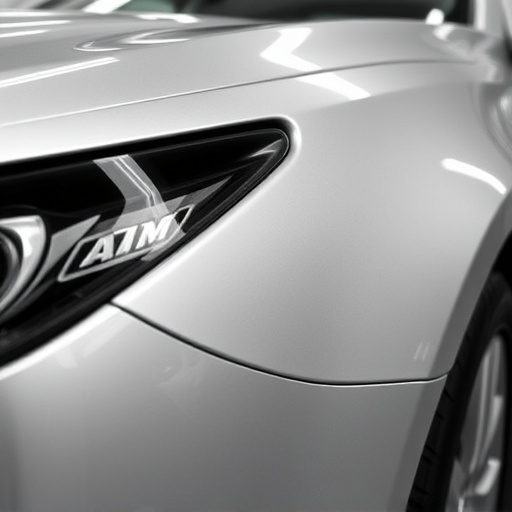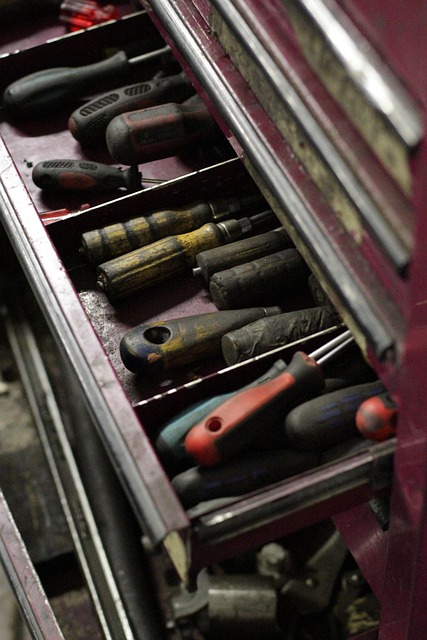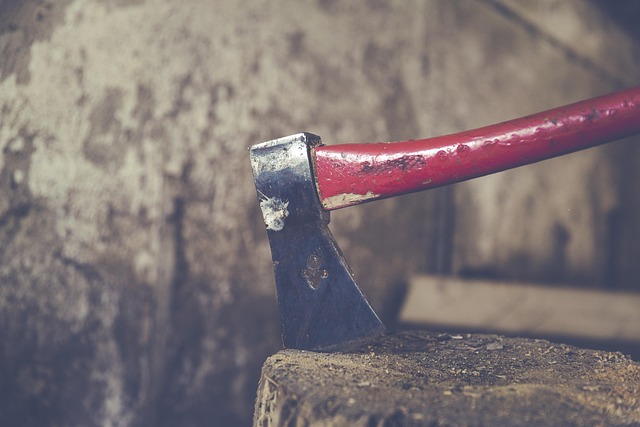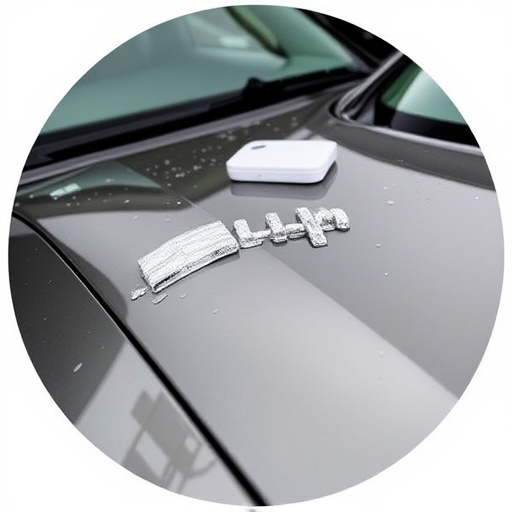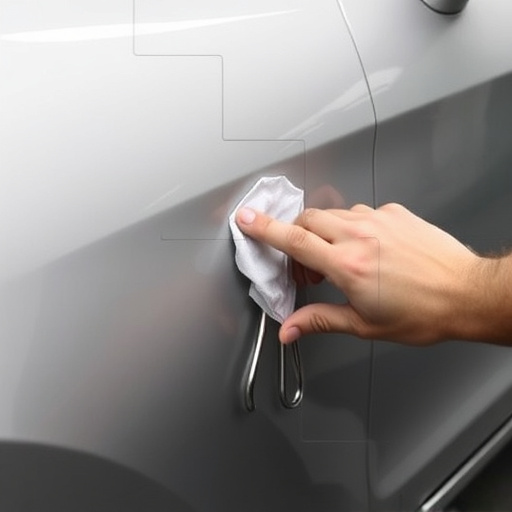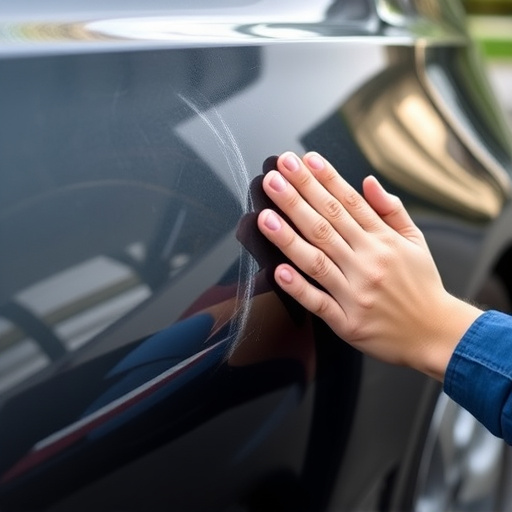Aluminum's popularity in cars is driven by its lightweight and corrosion resistance but it lacks strength and durability compared to carbon fiber components. Strategic design, material selection, corrosion protection, and reinforced joints are crucial for aluminum body vehicles. Integrating carbon fiber components enhances strength while preserving weight savings. In classic car restoration, proper washing, degreasing with specialized cleaners, and protective coatings like paint or specialized coatings ensure long-lasting durability.
In the pursuit of lightweight, durable vehicles, aluminum body components have gained significant traction. However, their successful integration involves avoiding common pitfalls. This article guides you through essential steps, focusing on understanding aluminum’s unique properties and limitations, ensuring proper selection and design, implementing effective maintenance and coating strategies. By following these practices, you can enhance the longevity of aluminum structures, preventing issues often associated with carbon fiber components, ultimately optimizing performance and cost-efficiency.
- Understanding Aluminum's Properties and Limitations
- Proper Selection and Design for Durability
- Effective Maintenance and Coating Strategies
Understanding Aluminum's Properties and Limitations

Aluminum is a popular choice for automotive manufacturing due to its lightweight nature and excellent corrosion resistance. However, it’s essential to recognize that this metal has inherent limitations. Understanding these properties is crucial when designing or repairing aluminum body components, especially in comparison with sturdier alternatives like carbon fiber components.
While aluminum offers reduced weight, making it ideal for fuel efficiency, it may not match the strength and durability of other materials. This becomes a factor during accidents or when considering repairs, such as auto glass repair or collision center services. Unlike carbon fiber, which provides exceptional structural integrity, aluminum can deform or dent more easily, requiring specialized knowledge and techniques in collision repair shops to ensure proper restoration without compromising safety.
Proper Selection and Design for Durability
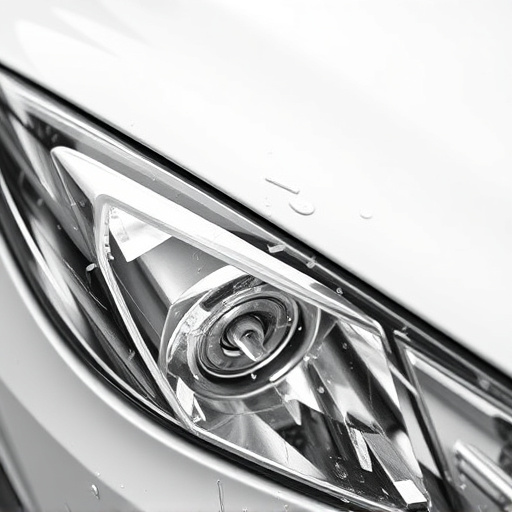
When designing vehicles with aluminum body components, durability should be a top priority. Proper selection and design practices are essential to avoid common mistakes that can lead to premature failure or structural weaknesses. Aluminum offers excellent weight savings over traditional steel, but it requires careful consideration to withstand the stresses of daily driving and collision events.
Choosing the right alloy grades, considering corrosion protection measures, and incorporating innovative design techniques such as reinforced joints and optimized panel shapes are key strategies to enhance durability. Additionally, integrating carbon fiber components alongside aluminum can further bolster strength while maintaining lightweight characteristics, a trend increasingly seen in modern automotive manufacturing. This approach ensures that vehicles not only perform well in terms of fuel efficiency but also offer robust protection for passengers during autobody repairs or visits to collision repair centers, ultimately enhancing safety and reliability across the board.
Effective Maintenance and Coating Strategies
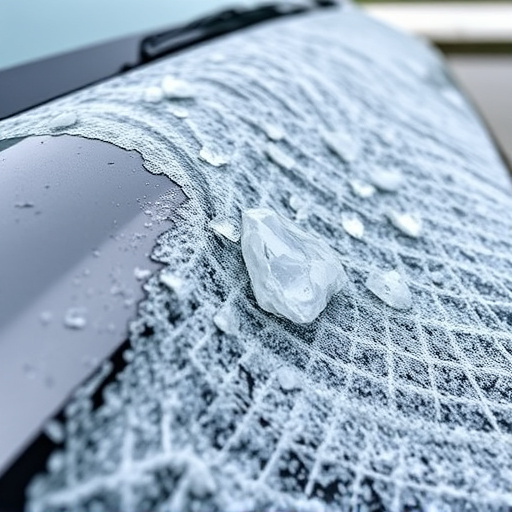
Maintaining aluminum body components effectively is crucial for preserving their integrity and aesthetic appeal, especially when integrated with modern materials like carbon fiber components in classic car restoration projects. Regular washing and degreasing are essential to remove contaminants that can lead to corrosion. Using specialized cleaners designed for aluminum ensures a thorough clean without damaging the surface. After cleaning, applying a high-quality coat of protective paint or a specialized coating designed for aluminum is vital. These coatings create a barrier against moisture, UV rays, and other environmental factors, enhancing durability.
For optimal protection, consider multi-stage painting processes that include priming before application of the final color. This method fills minor imperfections, ensuring an even finish. In auto body services, professionals often employ electrostatic painting or powder coating for enhanced adhesion and a more durable finish compared to traditional wet paint. These advanced techniques are particularly beneficial for high-quality vehicle paint repair, ensuring long-lasting protection that rivals factory finishes.
Avoiding common mistakes in aluminum body components is key to ensuring durability and longevity, especially when competing with materials like carbon fiber components. By understanding the unique properties and limitations of aluminum, selecting the right design strategies, and implementing effective maintenance and coating methods, manufacturers can maximize the potential of this lightweight metal. These practices ensure that aluminum structures perform optimally in various applications, bridging the gap between traditional materials and cutting-edge composites.


